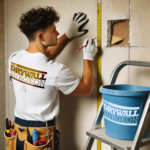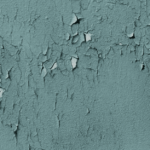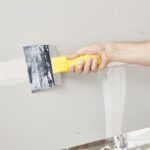There are a variety of products used in the renovation of houses and commercial properties, including brick and masonry materials. Drywall, also known as plasterboard or wallboards, is another popular choice that is very often preferred for its versatility.
We all have Dry Walls in our offices, homes, and public places. But it’s very rare that we notice the materials of Dry walls. Even when we decide to install new drywall, we tend to select the materials mainly on three factors, color, sturdiness, and cost, isn’t it?
So, in this 3 minutes read, let’s check out different materials of drywalls and try to understand the nature of each material. It will help you make informed decisions while ordering new drywall materials online or asking your local drywall contractor for new installation or repair.
Of course, gypsum boards (another name for this material) don’t just hang by themselves. To complete the drywall installation process, a few more materials need to be used. Joint tapes help attach two separate sheets together, and gypsum mud is then applied to cover them, as well as any nails and screws that were used to secure the panels in place. There are different types of muds that can be used, each with its own characteristics which make it ideal for different applications. Understanding the differences between these types of compounds can help you decide on which one suits your specific needs.
Setting Type Compound
This type of mud is usually used to fix small holes and imperfections. It bonds well and is very sturdy, which means it doesn’t easily crack. It also dries quite quickly (the fastest type takes around 20 minutes). Moreover, even if the first coating hasn’t dried completely yet, the second layer can still be applied, which saves time. However, this compound does not come premixed, so it needs to be mixed first and the ideal consistency must be achieved before the application process starts.
Drywall Taping Mud
As the name suggests, this product is used to tape sections together. Gaps between the plasterboard panels are covered with tapes. However, before applying the tape, this type of compound is first applied on the gap, to serve as the basis for the tape. Any excess mud is then removed with a spackle knife. Once the surface dries, this compound is applied again to ensure adhesiveness.
The Topping Compound
Once the second layer of the taping compound has finished drying, the topping mud (which is softer and easier to sand) can be applied. This is done in order to smoothen out the surface and make it ready for texturing or painting. Stucco, for example, can be used if you wish to add appeal to your drywall and get a textured finish. Another option is wood siding, which, once applied with exterior paint, can greatly enhance the appeal of your house.
All-Purpose Mud
This type of material can be used for all three stages. Meaning, it can play all three roles mentioned before. Although can be used for both taping and topping, it usually won’t be as strong or soft as products that were specifically made for these specific purposes.
Lite Joint Compound
This one isn’t so much a type of mud and more of a modern variation. It is lighter in weight, so it is much easier to apply than other, heavier products. Aside from that, it can be quite similar to the previously mentioned types, as long as it’s made to be just as sturdy or soft, depending on the desired usage.
To explore more and understand different available options in Drywalls, connect with the DryWall Surgeon team today and get a free quote with a complimentary inspection of your property to get a detailed idea on installation and designs.
You can also write us at info@drywallsurgeon.com
Or
Call us at (515) 988-0699






